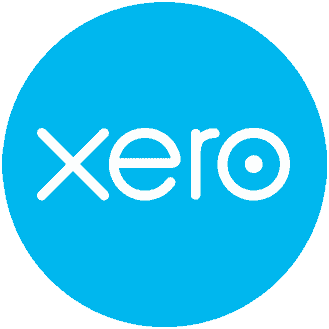What is a Look-through Company (LTC)
A look-through company is similar to a limited liability/standard company set up under the Companies Act 1993. However, the laws differ regarding the taxation of the company’s income. An LTC is a separate legal entity, but, for income tax purposes, it’s treated like a partnership. It has flow through treatment for tax purposes. The income and expenses are returned as income in the shareholder’s tax return. The shareholder is also treated as owning a proportionate share in the LTC’s underlying assets.
The tax
This flow through tax treatment has been one of the primary advantages of using an LTC. It allows the company to transfer its income and expenditure to its shareholders directly. This enables shareholders to either offset their personal income, or to be taxed at their personal tax rate. By off-setting any losses in the company, against the shareholder’s income from other sources, you can reduce the rate of tax payable, and save money. Unfortunately, this generally no longer works for rental investments.

The technical
According to Inland Revenue, to become, and remain, an LTC, a company must meet the following criteria for the whole of each income year:
- It must be a company but cannot be a flat owning company.
- It must be a New Zealand tax resident and not treated as a non resident under any double tax agreement.
- Its owners must have only look-through interests.
- It must have 5 or fewer look-through counted owners, who must be either natural persons or trustees (including corporate trustees). Related shareholders can be counted as a single owner. An ordinary company cannot hold shares in a look-through company, but a look-through company can hold shares in another look-through company.
- None of its owners can be tax charities or a Māori authorities, unless the tax charity or Māori authority are grandparented .
- If foreign owners own more than 50% of the interests in the look-through company, the look-through company must not earn more than $10,000 or 20% of its gross income for the year from overseas (whichever is greater).
If an LTC does not meet these criteria it automatically stops being an LTC. There is a deemed disposal of all assets – with the corresponding tax implications!
Change of ownership?
The shareholders are deemed to have ownership of the underlying assets of the LTC for taxation purposes. Any sale of these shares is deemed to be a sale of those underlying assets (potentially triggering any tax consequences). From a purchaser’s perspective, this can be positive or negative. It may result in an increased or decreased tax base (as opposed to taking on unrealised tax liabilities). From a vendor’s perspective, this can be an issue as this may result in tax being realised on the disposal of the shares where this would not have occurred in a standard company.
In summary, the LTC rules are relatively complex and require ongoing management to ensure the criteria are continually met. However, a LTC offers a useful tax structure for a wide range of potential uses. This includes:
- holding loss-making investments (other than residential property)
- carrying out joint venture business activities between two to five business partners
- cross border investment where an ordinary company structure might give rise to two layers of taxation, etc
Aside from tax, an LTC is just an ordinary company. This means that from all other legal perspectives you have a company with limited liability and subject to the ordinary company legal framework.
What are the common issues we are seeing in practice?
- Brightline issues! Although there are new rollover provisions available which can provide relief from the Brightline Rules when a residential property is transferred, these do not apply where a company either elects to become an LTC, or it revokes its LTC status. This is because an LTC is transparent for tax purposes, the shareholder is treated as owning the underlying share of the assets. So, an election from a standard company to an LTC is actually a change of ownership of that asset for tax purposes, and can be subject to tax under the Brightline Rules.
- More Brightline issues! Again, because an LTC is transparent for tax purposes, and a shareholder is deemed to own the underlying assets of the LTC, if an LTC owns a residential property that is subject to the Brightline Rules, a change of shareholding % will be a change of ownership for Brightline Rules.
*This publication contains generic information only. NZ Tax Desk Ltd is not responsible for any loss sustained by anyone relying on the contents of this publication. We recommend you obtain specific taxation advice for your circumstances.
The post What is a Look-through Company (LTC) appeared first on .













